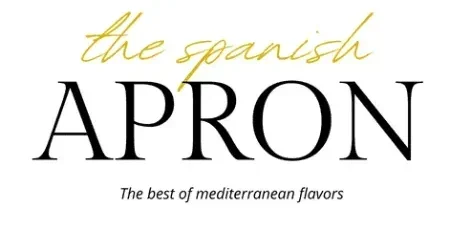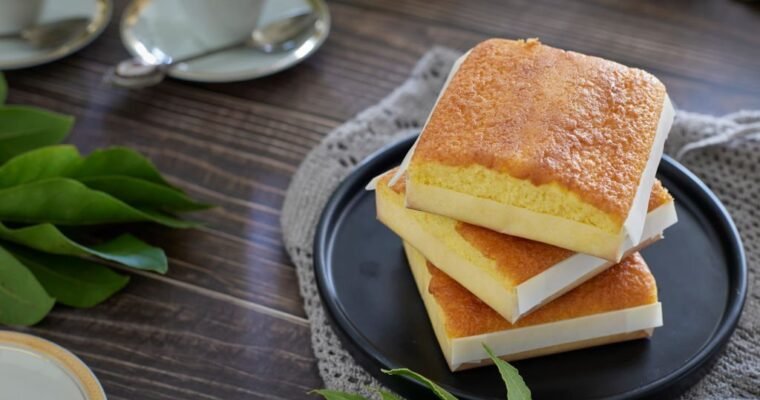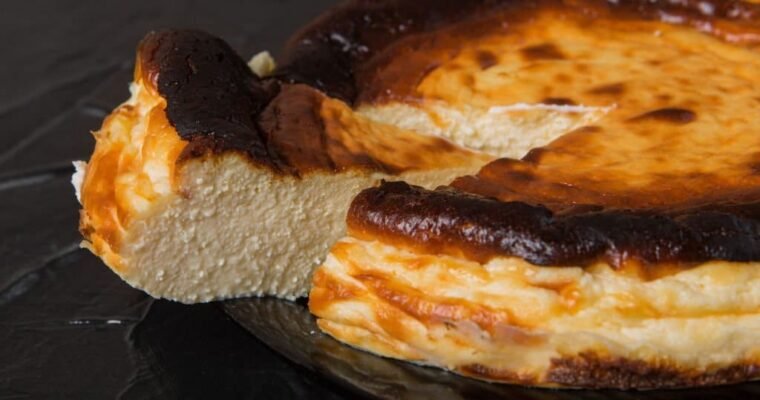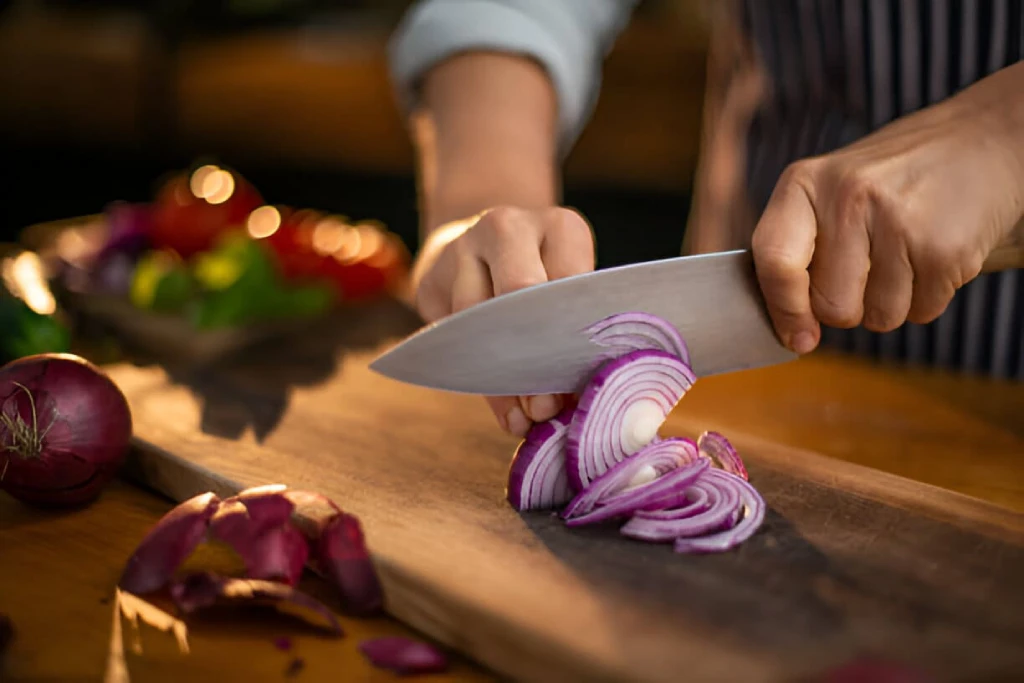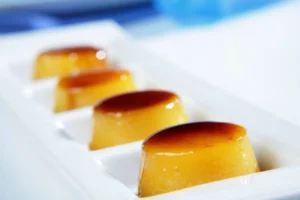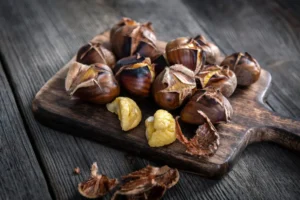Welcome to a journey into the world of Spanish Natillas, a creamy custard dessert that has captivated taste buds for centuries. In this post, we’ll explore the rich history behind this beloved treat, discover variations across different regions, and provide expert tips and tricks to master the art of making the perfect Spanish Natilla at home.
Table of Contents
A Quick Overview of Spanish Natillas’ Origins
Spanish Natilla traces its roots back to the Middle Ages when Arab influences infused the Iberian Peninsula with exotic flavors and culinary techniques. Natilla, derived from the Latin word “nattālis,” meaning custard, emerged as a popular sweet dish among Spanish convents. Over time, it spread across the country, becoming a cherished dessert for both special occasions and everyday indulgence.
Exploring Variations of Spanish Natillas
While the classic Spanish Natilla recipe consists of milk, sugar, eggs, cornstarch, and fragrant spices like cinnamon and lemon zest, there are regional variations that add unique twists. Some versions incorporate flavors like vanilla, almond, or orange blossom water to enhance the aroma. In certain areas, grated citrus rind or a splash of liqueur is added for an extra zing. Whether you prefer a silky-smooth texture or a slightly thicker consistency, adjusting the ratio of ingredients can help you achieve the desired result.
Expert Tips and Tricks for Making this Delightful Recipe
- Choosing the right ingredients: Opt for high-quality, fresh dairy products, preferably whole milk, to ensure a rich and creamy natilla.
- Patience is key: Slowly heat the mixture over medium-low heat, stirring continuously, to avoid lumps and achieve a smooth custard.
- Temperature control: Allow the natilla to cool gradually, either at room temperature or in the refrigerator, for the perfect consistency.
- Garnishing: Sprinkle a pinch of ground cinnamon, grated chocolate, or fresh fruit on top of your natilla to add visual appeal and complementary flavors.
Related Recipes
Here are some delicious desserts that pair well with or are similar to Spanish Natillas:
Complementary Desserts:
- Flan: A caramel custard dessert that is often compared to Natillas.
- Crema Catalana: A Catalan cream dessert with a caramelized sugar topping, similar to crème brûlée.
- Arroz con leche: A creamy rice pudding often flavored with cinnamon and lemon zest.
Topping Ideas:
- Whipped Cream: A classic and simple topping that adds a light and airy texture.
- Caramel Sauce: A rich and decadent sauce that complements the sweetness of the Natillas.
- Fresh Berries: Add a burst of fresh fruit flavor with strawberries, raspberries, or blueberries.
- Chopped Nuts: Toasted almonds, walnuts, or pecans add a crunchy texture and nutty flavor.
Flavor Variations:
- Chocolate Natillas: Add cocoa powder to the custard for a rich chocolate flavor.
- Lemon Natillas: Zest a lemon into the custard for a bright and citrusy flavor.
- Cinnamon Natillas: Add extra cinnamon for a warm and spicy flavor.
FAQ: Spanish Natillas
What are Spanish Natillas?
Spanish Natillas is a creamy custard dessert, similar to crème brûlée but without the caramelized sugar topping. They are typically made with milk, sugar, eggs, and cornstarch, and often flavored with vanilla or lemon.
How do you eat Spanish Natillas?
Natillas are typically served cold in small, individual ramekins. They can be enjoyed on their own or topped with a variety of toppings, such as whipped cream, chopped nuts, or a drizzle of caramel sauce.
What is the difference between Spanish Natillas and Flan?
While both Natillas and Flan are custard desserts, there are some key differences. Flan is typically made with condensed milk and has a more caramel-like flavor. Natillas, on the other hand, are made with regular milk and have a more delicate, creamy texture.
Can I make Spanish Natillas without cornstarch?
Yes, you can make Natillas without cornstarch. However, the custard will be less thick and more delicate. If you prefer a thicker custard, you can add a bit of gelatin or agar-agar.
Can I make Spanish Natillas in a slow cooker?
Yes, you can make Natillas in a slow cooker. However, you will need to adjust the cooking time and temperature.
Spanish Natilla has stood the test of time as a beloved dessert, enchanting taste buds with its velvety texture and delightful flavors. With a rich historical background, regional variations, and expert tips shared here, you now possess the knowledge to embark on your culinary adventure to create the perfect Spanish Natilla. So, gather your ingredients, follow the steps, and treat yourself and your loved ones to a taste of this timeless Spanish delight.

Spanish Natillas | History, Variations, and Expert Tips
Ingredients
- 4 cups Whole Milk
- 1 cup Sugar
- 4 Egg yolk
- ¼ cup Cornstarch
- 1 Cinnamon stick
- 1 Lemon peel
Instructions
- In a medium saucepan, combine the milk, cinnamon stick, and lemon peel. Bring the mixture to a boil over medium heat.
- In a separate bowl, whisk together the egg yolks, sugar, and cornstarch until smooth.
- Once the milk mixture has boiled, remove it from heat and discard the cinnamon stick and lemon peel.
- Slowly pour the milk mixture into the egg mixture, whisking constantly to prevent the eggs from cooking.
- Return the mixture to the saucepan and cook over medium heat, stirring constantly, until it thickens and coats the back of a spoon. This should take about 10-15 minutes.
- Remove the mixture from heat and pour it into individual serving dishes.
- Allow the natillas to cool to room temperature, then refrigerate for at least 2 hours before serving.
- Before serving, you can sprinkle a little bit of cinnamon on top of each dish for added flavor.
